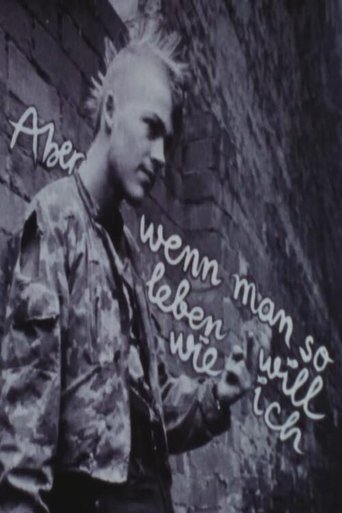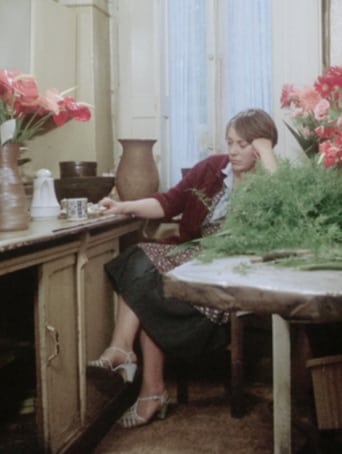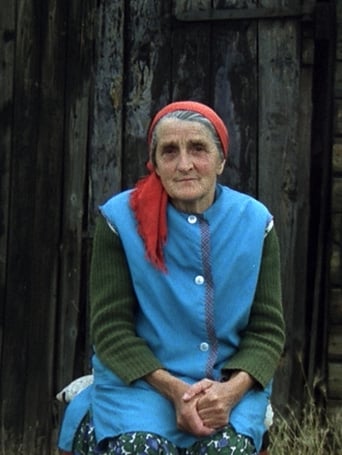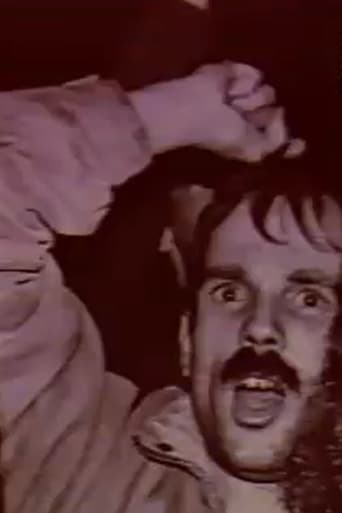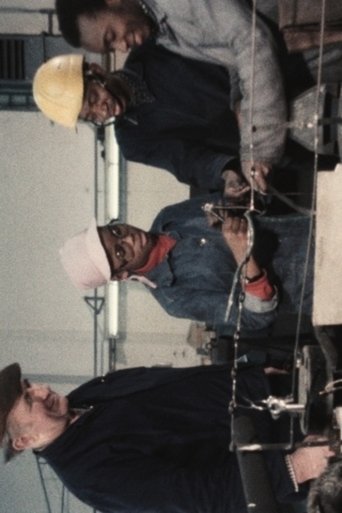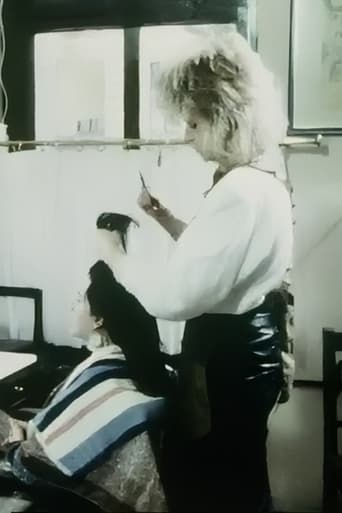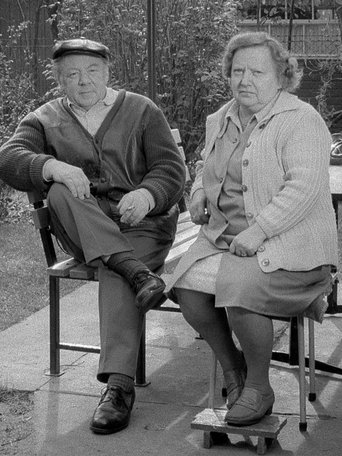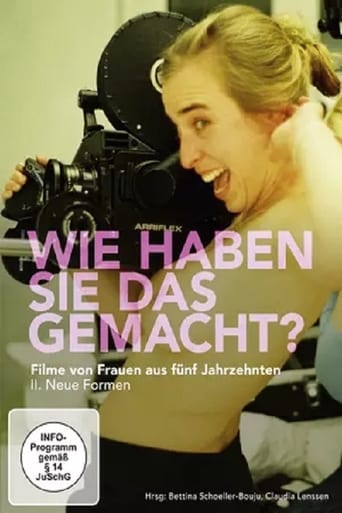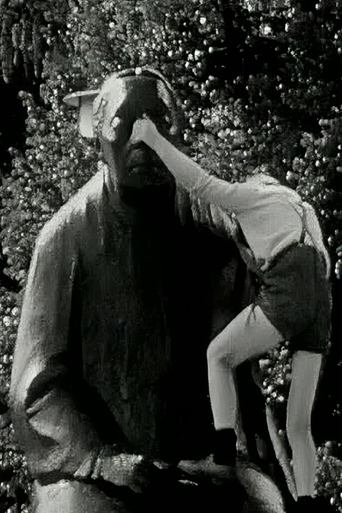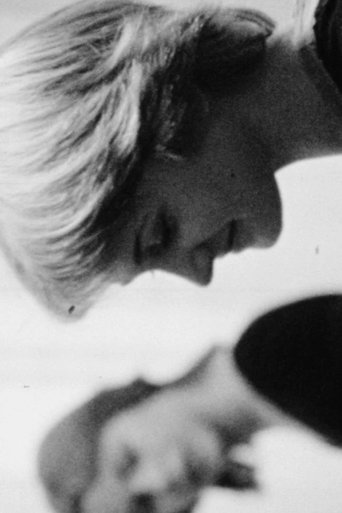Paul Celan’s poem echoes. A drive reveals a long-abandoned Gründerzeit villa in ruin. Inside, a woman in elegant WWI attire dances, then slumps in mourning. After the war she cleans, reappears in 1930s riding clothes amid radio discontent as a maid and housekeeper move through the halls. Mourning returns with WWII’s end. Post-war, she dances to American rhythms, breastfeeds under Soviet-occupation broadcasts. Beatles and Pink Floyd play as a woman in overalls emerges, memories of the century flooding her mind. She climbs into a Trabant Kübel, helmet beside her, determined to give the villa a new life.
